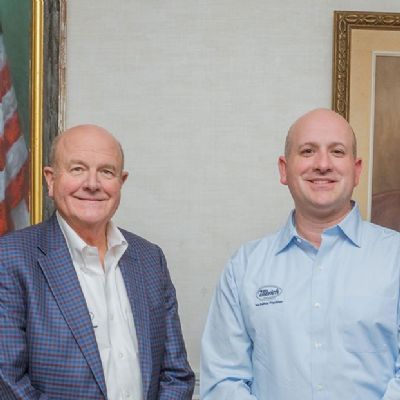Work Hardening is Your Enemy
July 12, 2021Comments
Engineered stampings result from the plastic deformation of sheet metal caused by forming forces exceeding the material’s yield strength. Work hardening or strain hardening strengthens the material as deformation continues throughout the press stroke. Grades with higher levels of n-value, a parameter which characterizes work hardening, will exhibit greater formability. Many benefits come from using metal alloys with greater levels of work hardening, including the delay of strain localization, which provides the ability to form more complex shapes. However, the strengthening associated with work hardening leads to several challenges.
Despite having the same flat-sheet strength as shipped from the mill, newer steel grades work-harden to a greater extent than do conventional high-strength grades. High work hardening also characterizes the 3XX-series of austenitic stainless steels. Greater work hardenability may lead to issues in the press shop, especially when attempting to restrike or flange previously formed sheet metal.
Creating a draw panel or a panel from the first forming station of a progressive die involves straining the sheet metal, leading to work hardening in the formed areas. Moving those work-hardened areas in subsequent operations requires greater force than required to initially form the flat sheet. Those formed areas now exhibit an even higher strength, so press shops must adjust their practices to working with an even higher-strength steel.
The amount of strengthening from work hardening relates to the amount of strain applied to each area. Higher levels of work hardening accentuate the strength differences in a panel between areas of lower and higher forming strains. This in turn may lead to panel twisting and other dimensional issues.
Where a conventional high-strength low-alloy (HSLA) steel might see a strength increase of 20 percent, rough calculations show that even a few-percent strain with dual-phase steels can increase the strength by 50 percent as compared to the flat-sheet properties.
As more parts transition to higher strength to take advantage of potential thickness reduction and associated weight savings, work hardening puts additional stresses on edges, tools and presses.
Cut Edges
Cut-edge quality is of utmost importance if the part design calls for stretching when flanging a punched hole or sheared edge. It is important to optimize the size of the burnish and fracture zones, and to minimize the burr. Also critical: having these zones uniform across the cut.
The microstructure of advanced high-strength steels (AHSS) contains phases of differing hardness. Reductions of sheared-edge ductility occur when the microstructural components are not of uniform hardness, such as in some multiphase steels.









